
Ukrainian forces have fundamentally altered the nature of modern warfare on the battlefield. According to a National Security News analysis from April 2025, unmanned systems now account for approximately 80 percent of combat casualties in the Russo-Ukraine conflict. This significant change has forced both Ukraine and Russia to move away from traditional artillery-centric strategies.
The rapid advancements in drone technology, driven by existential necessity and battlefield feedback, have transformed the nature of warfare. As defense analysts noted, “Drones have become the single most lethal weapon system,” marking a pivotal departure from the artillery dominance that defined warfare for over a century. The future of combat has arrived.
The Ammunition Crisis That Changed Everything

The critical artillery ammunition shortage Ukraine faced in 2023 coincided perfectly with Russia’s intensification of its offensive, according to CNN’s reporting from July 2023. The complications of the U.S. military aid pipeline, coupled with European manufacturers’ inability to meet demand, pushed Ukrainian military planners to recognize a grim reality: traditional weaponry was unsustainable.
NATO and U.S. officials, as reported by CNN and Business Insider in January 2023, admitted to being unprepared for prolonged land warfare, with ammunition deliveries hitting “red lines” according to Pentagon assessments. This crisis catalyzed Ukrainian innovation, as engineers explored alternative weapons systems to replace the artillery that could no longer be supplied, setting the stage for a dramatic military pivot.
Drones Rise as Artillery Falls
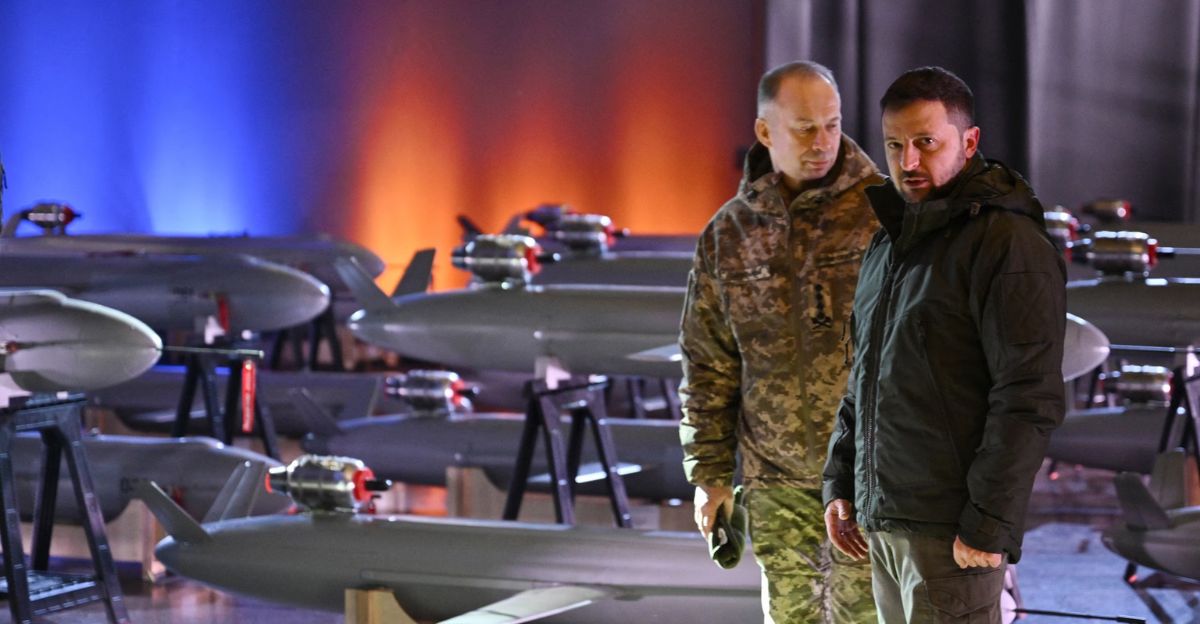
Throughout 2024, the ongoing ammunition shortages led Ukraine’s military leadership to pivot strategically towards investing heavily in drone production and alternative ammunition solutions. Combat data increasingly indicated that unmanned systems could execute precision strikes at lower costs than artillery barrages while reducing civilian casualties and logistics burdens.
By late 2024, military analysts at Understanding War confirmed that drones had officially overtaken artillery as the most lethal weapon on the battlefield. This critical transition was not just a tactical shift; it symbolized a broader transformation in Ukrainian warfare strategy, as officers adapted from coordinating traditional artillery strikes to managing drone swarms and real-time video feeds from unmanned systems.
The Battery Bottleneck

Despite the surge in drone technology, a significant bottleneck emerged: battery technology. While Ukrainian manufacturers excelled in constructing drone airframes and sourcing electronics, high-capacity batteries became a pressing need, compelling them to either import costly components or engage in complex reverse engineering. According to a CSIS analysis from May 2025, existing Ukrainian battery solutions offered flight times limited to mere minutes and ranges spanning only 5–15 kilometers, which are woefully inadequate for the extended operations required against Russian forces.
Russian forces, as noted in Business Insider’s November 2025 reporting, had developed fiber-optic guided drones capable of traveling over 50 kilometers, giving them a tactical advantage. Ukrainian defense planners realized that innovating battery tech was not a convenience but a critical necessity for success in the current war.
The Secret Factory Breakthrough
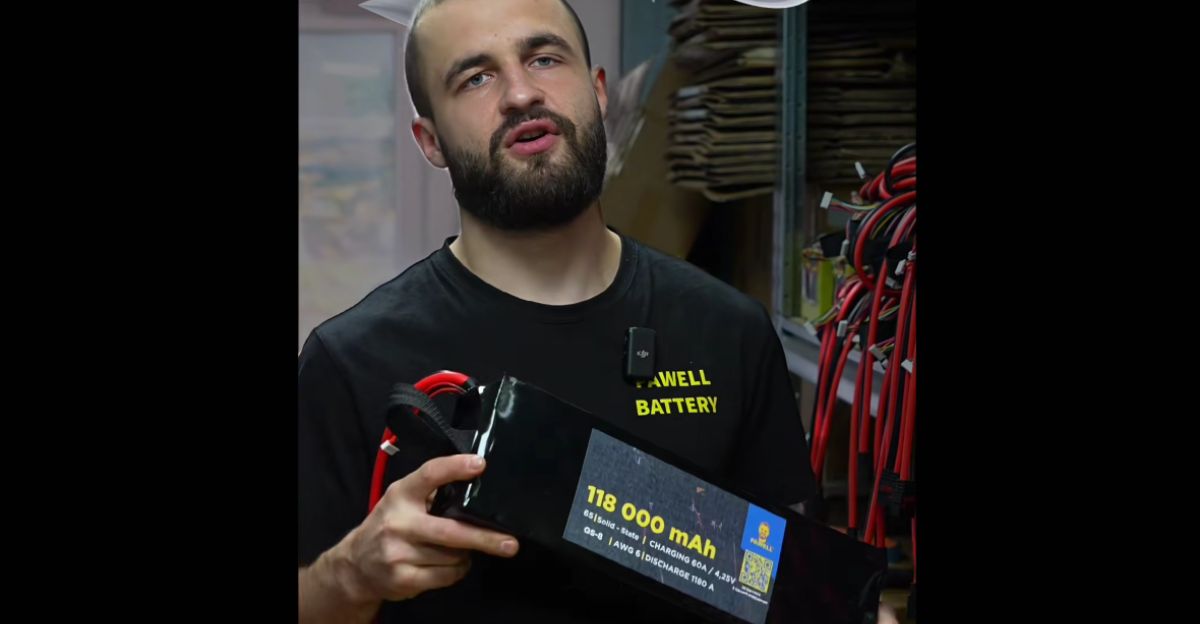
In November 2025, Kyiv Post gained rare access to a secret production facility in western Ukraine driven by a visionary entrepreneur, 24-year-old Volodymyr Nebor. His company, Pawell Power, had achieved a groundbreaking 118,000 milliampere-hour (mAh) battery weighing around two kilograms, a blend of solid-state technology and high-current lithium-ion cells never before deployed in Ukrainian military production.
According to The Kyiv Post’s firsthand reporting, this innovative battery achieved levels of efficiency approximately twice that of previous Ukrainian models, confirming its durability for rugged field conditions. Early tests demonstrated its capability to power uncrewed ground vehicles for a full day across challenging terrains, allowing two-motor drones to achieve ranges of up to 170 kilometers. This breakthrough revolutionized the operational scope, enabling strikes far beyond Russian defensive zones.
Elite Forces Get the Edge
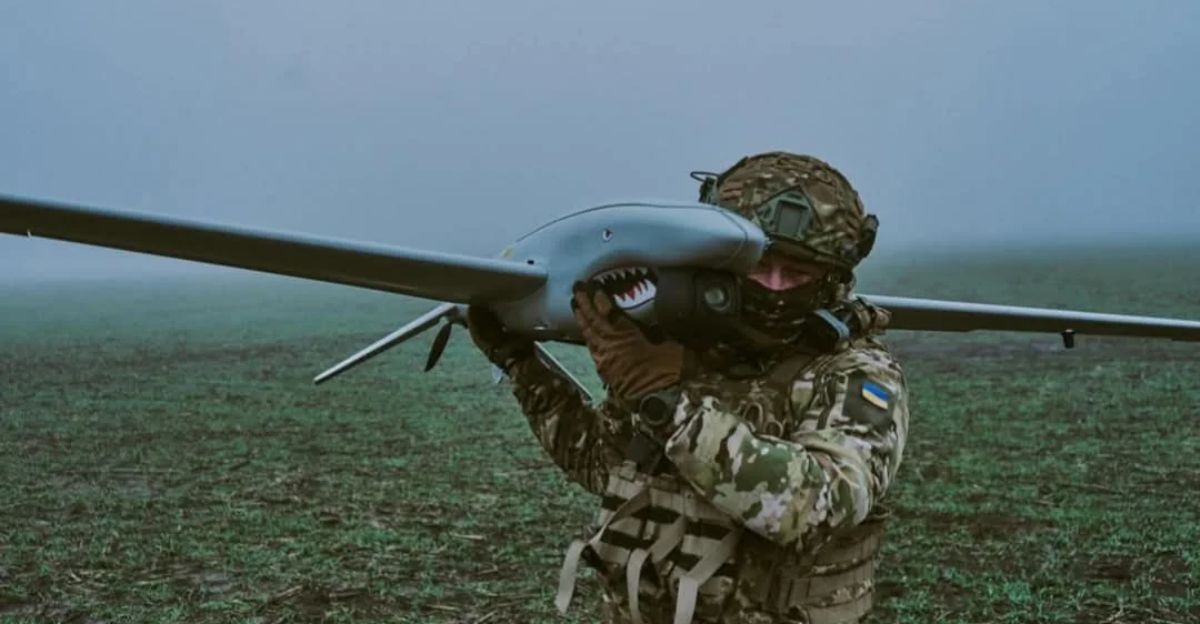
Ukraine’s 14th Unmanned Systems Forces (USF) Regiment—the nation’s most elite long-range drone unit became among the first operational customers for Pawell Power’s new batteries, according to Kyiv Post’s November 2025 reporting. Wikipedia’s entry on the Unmanned Systems Forces confirms that the 14th USF Regiment conducts approximately 30–40 percent of Ukraine’s deepest strikes into Russian territory, making incremental improvements in flight range strategically significant.
The new 170-kilometer-capable batteries, as documented by Kyiv Post, directly extended their effective range by tens of kilometers. With enhanced reach, these operators could now strike targets previously considered beyond practical reach, forcing Russian high-value assets to relocate even farther from front lines, according to Understanding War’s operational assessments from October 2025.
Soldier Stories: Innovation Under Fire

Factory worker Volodymyr Shishkin, a retired Ukrainian Air Force MiG-29 fighter jet technician, expressed the mission driving Pawell Power’s production efforts to Kyiv Post on November 2, 2025: “I know that I made these batteries. That’s a positive thing. And it also pleases me that the production is in Ukraine. We need more of it, the more the better.” Operations manager Oleksy Tkach told Kyiv Post: “War simply doesn’t allow technology to mark time.” Frontline soldiers would report specific performance failures, such as a battery losing capacity in extreme cold and degraded range over marshy terrain.
Engineers would then iterate solutions within weeks, rather than the years typical of peacetime development. This human-centered iteration process, where combat veterans directly input specifications to designers, created a unique feedback accelerator. Production ramped rapidly through 2025, with hundreds of completed batteries stacked in racks awaiting shipment to frontline units as of early November, according to Kyiv Post’s facility visit.
The Global Competitive Angle
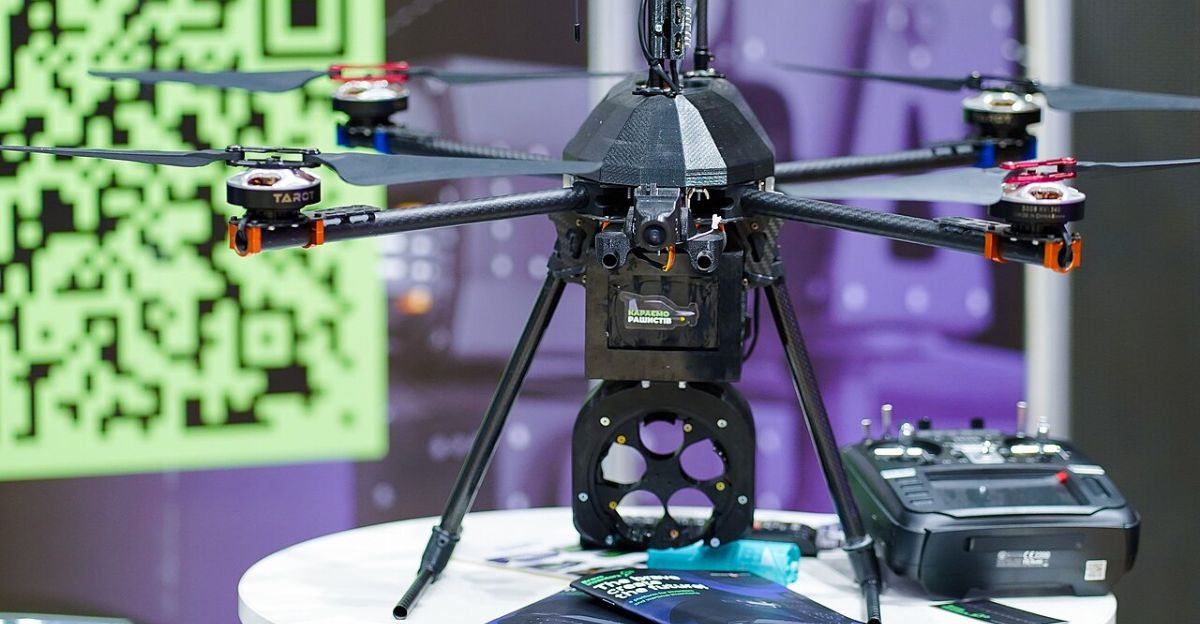
Pawell Power’s breakthrough hasn’t gone unnoticed by international defense manufacturers. According to Kyiv Post’s November 2025 reporting, Dutch defense companies have already purchased small test batches of the new batteries. BraveInventors’ January 2025 profile notes that Chinese battery manufacturers who dominate global drone battery production have accelerated their own solid-state research programs, indicating they view Ukrainian innovations as competitive threats rather than military curiosities.
Western defense contractors, as analyzed by CSIS in June 2025, are now evaluating whether licensing Pawell Power’s hybrid battery technology could accelerate their own long-range drone programs. The emergence of advanced battery capability from a relatively unknown Ukrainian startup has shifted perceptions about innovation geography; defense-critical technology is no longer assumed to originate exclusively from established manufacturers in the U.S. or Europe.
Kill Zones Expand Across the Theater

Business Insider’s November 5, 2025, battlefield analysis revealed a dramatic widening of engagement zones: both Ukraine and Russia now routinely deploy medium-range drones to strike targets positioned 100–200 kilometers from front lines. Understanding War’s October 2025 assessments confirms that this represents a fundamental expansion of what military strategists call the “kill zone,” the area where one side can effectively engage enemy targets.
Historical kill zones in this conflict stretched 5–15 kilometers according to CSIS analysis; the new medium-range drone capability has expanded that to over 200 kilometers in some sectors. This expansion has forced both militaries to relocate high-value assets (command centers, ammunition depots, logistics hubs) farther rearward, creating longer supply lines and reducing operational efficiency. Ukrainian batteries, which enable ranges of 170 kilometers, as documented by the Kyiv Post, directly contribute to this expansion.
The Production Capacity Question
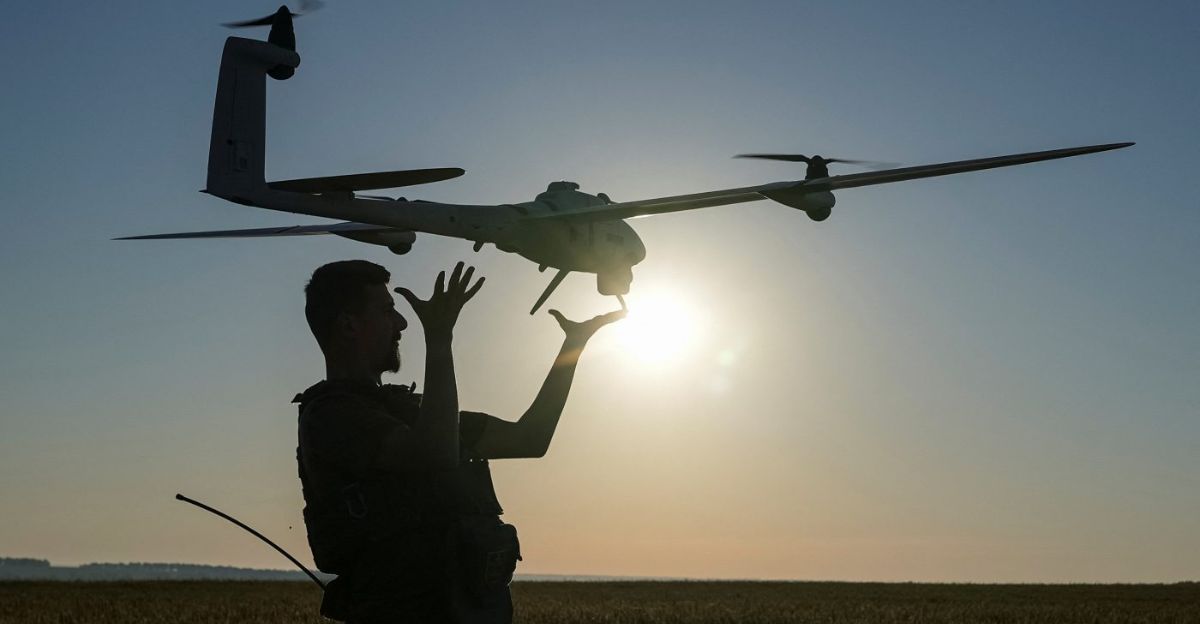
Here emerges a critical insight the headline doesn’t fully reveal: While Pawell Power has achieved a technological breakthrough, the company’s production capacity may prove to be the actual battlefield constraint. According to the Kyiv Post’s November 2025 facility reporting, current operations produce hundreds of batteries monthly, an impressive figure for a startup, but potentially insufficient for Ukraine’s drone fleet operating at full intensity across a 1,000-kilometer front.
Understanding War’s October 2025 assessments and CSIS analysis from June 2025 indicate that military analysts estimate Ukraine operates between 5,000 and 10,000 active drones at any given time, each potentially requiring multiple battery sets for rotational charging and field replacement. If each drone requires 2–3 batteries and the average lifespan is 6 months, Ukraine needs approximately 5,000–15,000 new batteries per month to maintain its operational capacity. Pawell Power’s production trajectory suggests it can supply perhaps 10–20 percent of this demand, leaving Ukraine dependent on parallel domestic programs and international sourcing.
Scaling Tensions and Competition
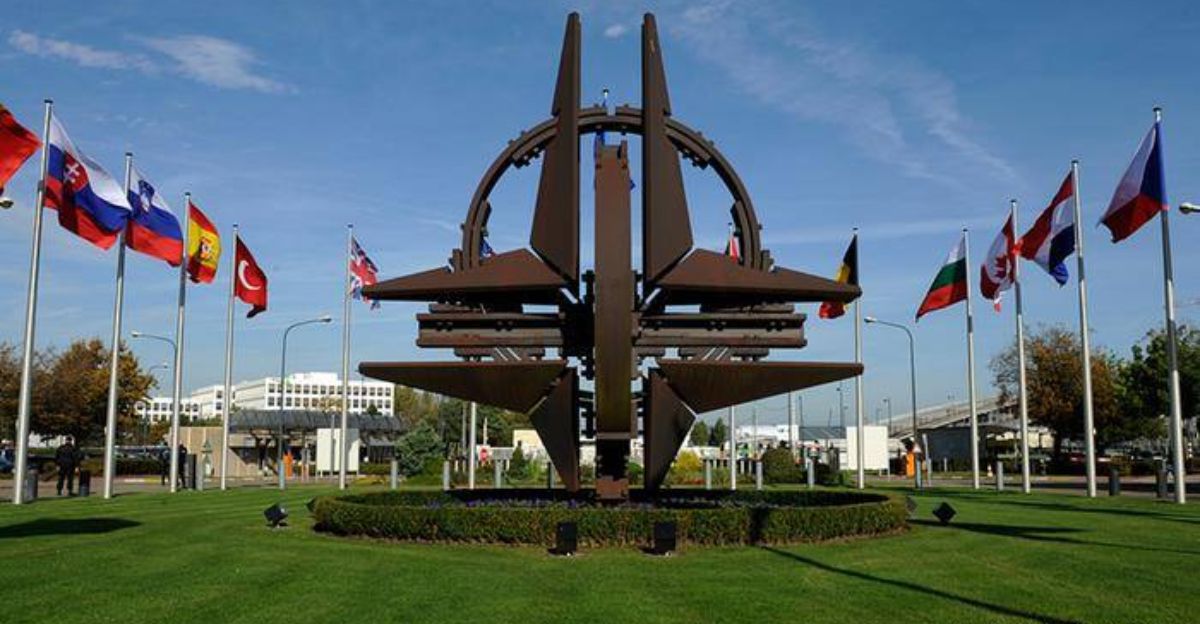
Internal Ukrainian defense manufacturing has grown increasingly competitive as multiple companies recognize the strategic importance of battery technology, according to a November 2025 report by The Kyiv Post. Pawell Power faces emerging rivals, including established electronics manufacturers that are pivoting to military production and new startups founded by engineers departing from competing battery companies.
Some military procurement officials have expressed frustration with Pawell Power’s secrecy regarding production timelines and capacity expansion plans, fearing the company may become a production bottleneck during critical offensive operations. Additionally, Western allies, as noted in a 2025 CSIS analysis, have begun pressuring Ukraine to license its battery technology or accelerate foreign partnerships to ensure NATO access to Ukrainian-developed systems. These pressures create a tension: Pawell Power wants to maintain operational security and Ukrainian ownership, but military demand and geopolitical interests push toward internationalization.
Founder’s Pivot and Ambitions

Volodymyr Nebor’s transformation from a 3D printing entrepreneur to a military battery manufacturer occurred almost overnight when Russia invaded in February 2022, according to the Kyiv Post’s November 2025 profile and BraveInventors’ January 2025 documentation. His initial 3D printing business pivoted toward manufacturing drone components, and by 2023, he had recognized that battery technology represented the critical missing link in Ukrainian drone capability.
Rather than attempting incremental improvements to existing designs, Nebor assembled a team that included retired military engineers, aircraft mechanics, and programmers to develop a fundamentally new battery architecture. This approach, bringing together military expertise with entrepreneurial agility, has become a model for other Ukrainian defense startups. However, sustaining this model requires continuous capital investment, talent retention amid military conscription pressures, and navigating international sanctions on battery component sourcing, as noted in CSIS analysis from June 2025.
Production Scaling and Supply Chain Risk

To meet military demand, Pawell Power is implementing a multi-facility expansion strategy: opening secondary production sites across western Ukraine to reduce targeting vulnerability and increase total output capacity, according to Kyiv Post’s November 2025 reporting. However, each new facility requires specialized lithium-ion manufacturing equipment, much of which is subject to international export controls.
Ukrainian procurement teams are navigating complex regulatory frameworks to source components from allied nations while ensuring production remains independent of potential geopolitical leverage points. Supply chain resilience has become a critical concern; a single successful Russian strike on a component manufacturing hub could cripple battery production for weeks, as highlighted by CSIS analysis from May 2025. Military planners are simultaneously developing contingency protocols to institute battery rationing if production is disrupted, prioritizing elite units, such as the 14th USF Regiment, over less specialized drone operators.
Expert Skepticism and Realistic Limits

Not all military analysts embrace unbridled optimism about Pawell Power’s impact. Dr. Michael Kofman of the Carnegie Endowment noted in a recent analysis that while the battery represents a genuine improvement, Ukraine still faces structural disadvantages: Russia maintains superior industrial capacity for mass-producing competing technologies, and battlefield outcomes ultimately depend on pilot training, tactical doctrine, and available drone airframes rather than batteries alone.
Additionally, as documented by Business Insider in November 2025, Russian fiber-optic guided drones eliminate jamming vulnerabilities, and Moscow is investing heavily in counter-drone systems and electronic warfare that may neutralize extended-range advantages. Understanding War’s October 2025 assessments caution that Ukraine’s celebration of battery breakthroughs risks creating false confidence about technological solutions to what remain fundamentally workforce and resource constraints. The battery is necessary but not sufficient for Ukrainian victory.
The Unsolved Question: A Game-Changer’s True Test
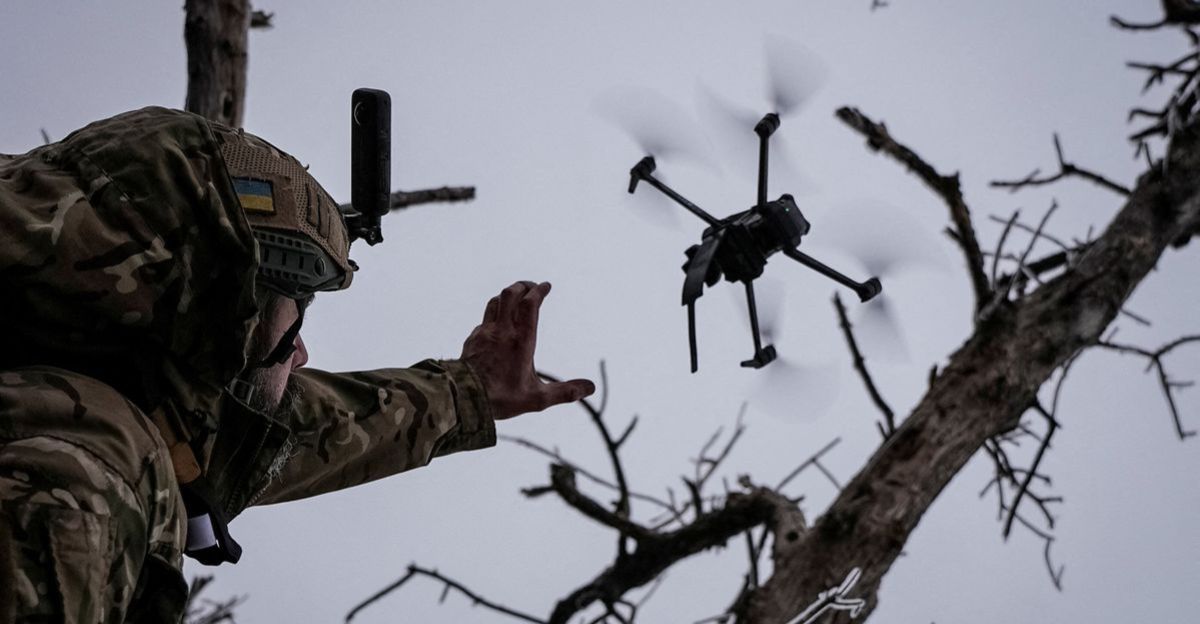
As winter 2025–2026 approaches and Ukraine prepares for a potential extended conflict, one question looms: Can Pawell Power scale production fast enough to maintain Ukraine’s technological edge, or will Russian counter-innovation and industrial capacity eventually overwhelm incremental battery improvements? According to The Kyiv Post’s November 2025 reporting, the factory’s current output, measured in hundreds of units per month, represents a meaningful capability, yet remains dwarfed by the ten-thousand-plus drones that potentially require battery replacement annually.
Understanding War’s October 2025 assessments and CSIS analysis from June 2025 suggest that international partnerships, licensing agreements, and the potential NATO acquisition of Ukrainian battery technology could accelerate scaling; however, each collaboration introduces complexity, security concerns, and possible delays. Ultimately, as one military analyst reflected, “The stakes have never been higher, and innovation may very well be the key to victory.” The secret factory’s success will be measured not by headlines celebrating “game-changers,” but by whether its batteries can sustain Ukraine’s drone-dependent warfare strategy through a protracted conflict whose endpoint remains uncertain.
SOURCES
National Security News – Drones have become the dominant killers in the Ukraine War (April 2025)
CNN – US and NATO grapple with critical ammo shortage for Ukraine (July 2023)
Business Insider – US Widens Search for Artillery Shells Ukraine Can Use (January 2023); Ukraine, Russia Surge Drones With More Reach As ‘Kill Zone’ Expands (November 2025); Russia’s unjammable drones are now long-range (November 2025)
Kyiv Post – Kyiv Post Visits Secret Factory Manufacturing New, High-Capacity Drone Batteries (November 23, 2025)
Understanding War – Russian Offensive Campaign Assessment & Analysis; Russian Technological Adaptations (October–November 2025)
CSIS – The Russia-Ukraine Drone War: Innovation on the Frontlines and Beyond (May 2025); Ukraine’s Future Vision and Current Capabilities for Waging AI-Enabled Autonomous Warfare (June 2025)
Wikipedia – Unmanned Systems Forces (Ukraine)
BraveInventors – Pawell Battery (January 2025)
Carnegie Endowment – Ukraine conflict and military capabilities analysis (2025)